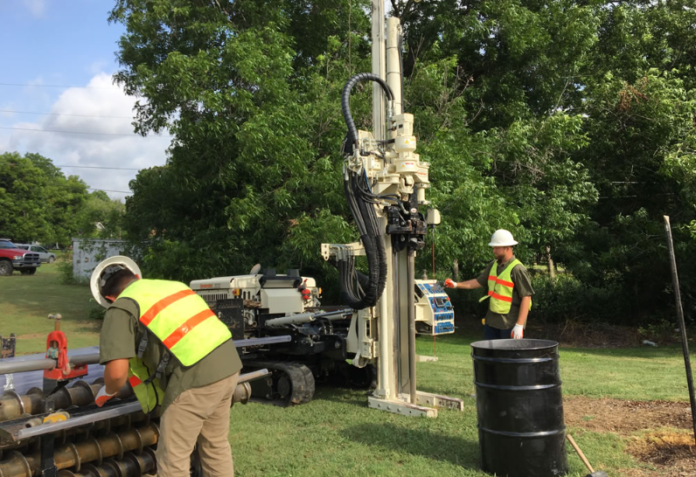LEED Air Sampling is an important process used in various industries to monitor the quality of air. It’s also a vital part of building inspections, as it can help identify potential health hazards and problems. In this blog post, we will provide you with an overview of what air sampling is and how you can perform it for buildings. We will also discuss some of the most common parameters that can be measured, and how to interpret them.
What are the different types of air sampling?
There are three basic types of air sampling: inside, outside, and airborne.
Inside air sampling is performed by installing special equipment into the building where the air is being sampled and then measuring the concentration of various gases inside the building. This type of sampling is used to measure pollutants such as carbon dioxide, nitrogen dioxide, and ozone.
Outside air sampling is performed by placing special equipment on the roof of the building and measuring the concentration of pollutants in the air. This type of sampling is used to measure both outdoor pollutants such as particles and gases, as well as indoor pollutants such as carbon monoxide.
Airborne sampling involves flying a plane over a specific area and then measuring the concentration of particulate matter in the atmosphere. This type of sampling is used to measure both regional pollutants such as smog and sulfur dioxide, as well as global pollutants such as climate change aerosols.
Read Also: LEED and WELL Certificates for Indoor Air Quality Systems
How to perform air sampling for buildings?
There are a few air sampling devices that can be used to collect air samples from buildings, depending on the sensitivity of the measurement being made and the size of the building. One common device is a gas chromatograph/mass spectrometer (GC/MS), which can identify specific compounds in the air. Other devices that can be used for measuring air quality include an ion mobility spectrometer (IMS) and a nephelometer.
Once you have chosen an appropriate device, the first step is to determine where to take the sample. The best place to take an indoor air sample is typically in front of one of the environmental controls, such as a heating or cooling unit. This will allow you to measure levels of pollutants in conjunction with actual temperatures in the room.
Once you have located your indoor air sample location, it is time to prepare your equipment. You will need a vacuum cleaner with a high-velocity fan, a dust mask, tongs or tweezers, and either a GC/MS or IMS instrumentation kit. If taking an outdoor air sample, you will also need sun protection and strong gloves.
Once everything is prepared, it’s time to take your indoor air sample! Start by sealing off all open spaces so that no fresh air can enter the room and contaminate the sample area. Next, turn on your vacuum cleaner with the high-velocity fan turned on and let it run for about five minutes. This
What data is collected by air sampling?
Air sampling is a common method used to assess the air quality in buildings. The sampling is done through insertion of a specially designed probe into the air-flow system. The probe collects and measures various particles, gases, and vapors in the air.
The most common pollutants that are monitored through air sampling are particulate matter (PM), carbon monoxide (CO), hydrogen sulfide (H2S), and ozone (O3). In order to get an accurate reading of the air quality, it is important to take into account certain factors such as the type of probe being used, the size of the sample collected, and how often the sampling is done.
Read Also: Monitoring And Improving Indoor Air Quality At Schools Or Other Commercial Places
How to interpret air sampling results?
When performing air sampling for buildings, it is important to understand the different types of air sampling equipment and how they work. Sampling equipment can be classified based on the method used to obtain a sample: physical, chemical, or biological.
Physical sampling involves taking a direct sample from the environment. This type of sampling is usually used for environmental monitoring purposes, such as tracking gases or particles in the atmosphere. Physical sampling devices include filters and ultraviolet light collectors.
Chemical sampling uses instruments to measure chemicals in the air. These instruments can be passive or active and can be used to detect chemicals from ambient samples as well as from specific emissions sources. Chemical sampling devices include samplers for gas analysis and samplers for particle analysis.
Biological sampling uses special techniques to collect live organisms from the air. Biological samplers are usually placed near emissions sources or areas where pests are known to congregate. Biological samples are collected in containers that allow the collection of eggs, larvae, or adult insects.
Conclusion
In order to accurately assess the air quality in buildings, it is important to know how to perform air sampling. By following these simple steps, you can ensure that your data is accurate and useful.











